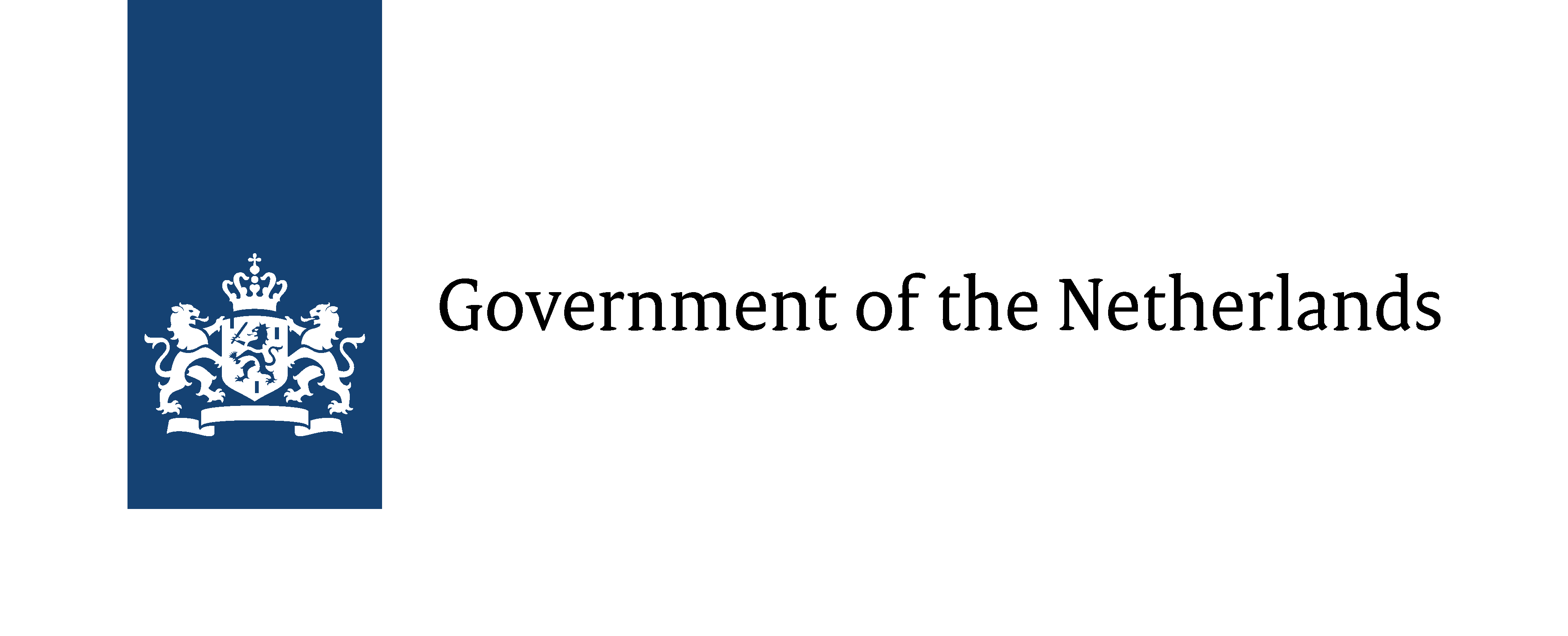Main trends/topics
There is one nagging question that keeps coming up in the minds of foreign visitors with an interest in graphic design in Turkey: “Do you have your own unique style in graphic design?” This question is then followed up by an observation: “When we examine the works, we cannot see a local, traditional visual style that defines your national identity.”
This may well be true; when you look at advertisements, packaging, logos and books in Turkey, you cannot discern a “national” style in graphic design. This issue has also been the focal point of many discussions among Turkish designers themselves. There are many factors that should be taken into consideration in order to understand this lack of a national style. Firstly, owing largely to the global market economy, graphic design is no longer a national, but a global visual language. Secondly, the fact that Turkey experiences a separation from tradition as a result of the reforms which took place in the first quarter of the last century, as well as that since the 1920s many Turks are no longer able to read the Ottoman script which had formerly been in use for a thousand years, caused the loss of a ‘unique style’. Thirdly, Turkish designers have not produced a single character in the Latin alphabet and only use fonts designed in the West.
With the introduction of the new alphabet, Turkish graphic design developed largely under the influence of the West. However, the roots of the problem lie deeper than that. In our discussions, we asked ourselves various questions like: “Within the context of a communication discipline, how realistic is it to talk about national identities?” “Considering the fact that every communication problem is ‘unique’, is it right to try and answer each question “as a Turk” would?” These discussions are topics that have been discussed in the past. Currently other topics are on the agenda, namely:
- Relations between design disciplines and relations between design and other artistic disciplines.
- When graphic design’s main components have always been letters and images, there are now new elements introduced into the equation such as movement, time, space, sound and interactivity. The role these components play in graphic design education.
- The re-discovery of the relation between language and typography with the introduction of computers and new communication technologies.
- Professional designers and design educators’ involvement and integration with developments in the world.
- The relation between visual communication design and social identities, different age and education groups and subcultures.
- The manipulation and deformation caused by the market economy and advertising in the psychology of the society at large and the related ethical issues in graphic design.
- The social responsibility of graphic design.

